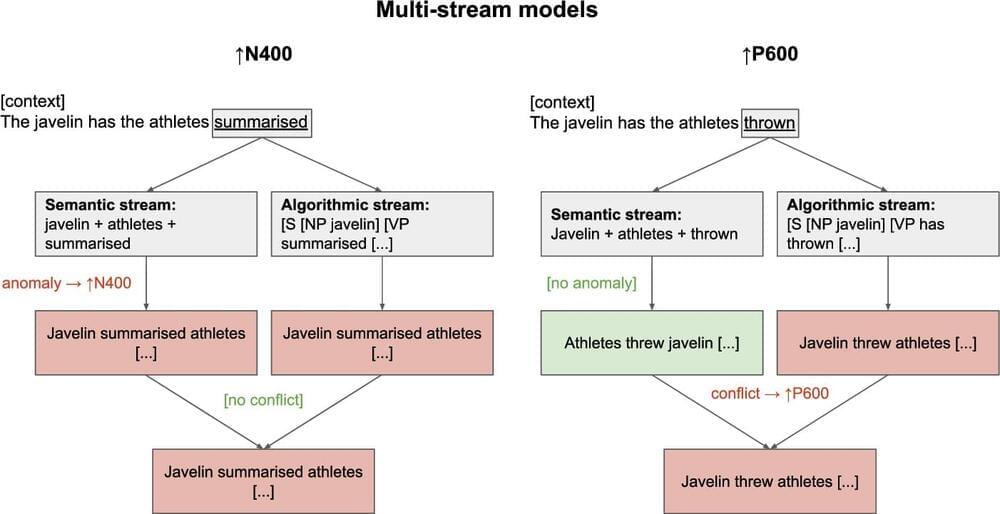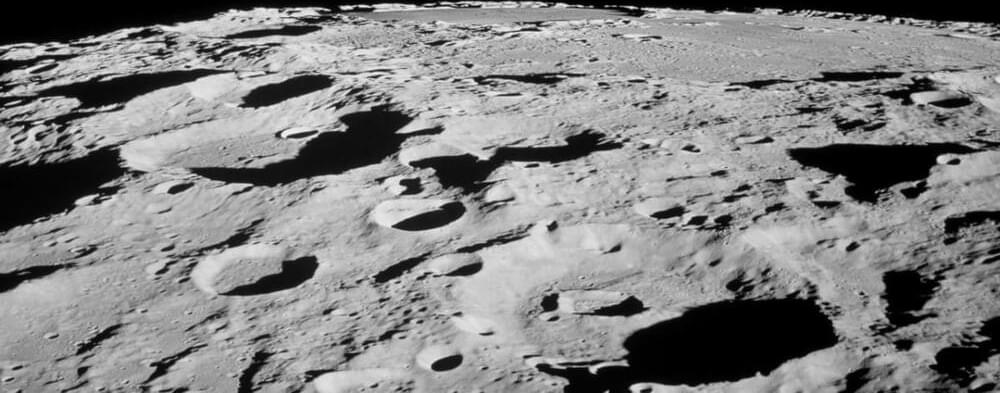From the dynamical point of view, most cognitive phenomena are hierarchical, transient and sequential. Such cognitive spatio-temporal processes can be represented by a set of sequential metastable dynamical states together with their associatedions: The state is quasi-stationary close to one metastable state before a rapidion to another state. Hence, we postulate that metastable states are the central players in cognitive information processing. Based on the analogy of quasiparticles as elementary units in physics, we introduce here the quantum of cognitive information dynamics, which we term “cognon”. A cognon, or dynamical unit of thought, is represented by a robust finite chain of metastable neural states. Cognons can be organized at multiple hierarchical levels and coordinate complex cognitive information representations.







